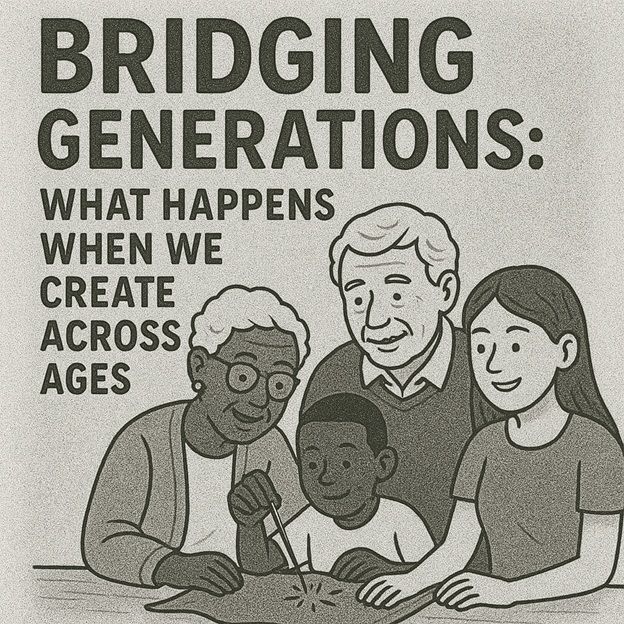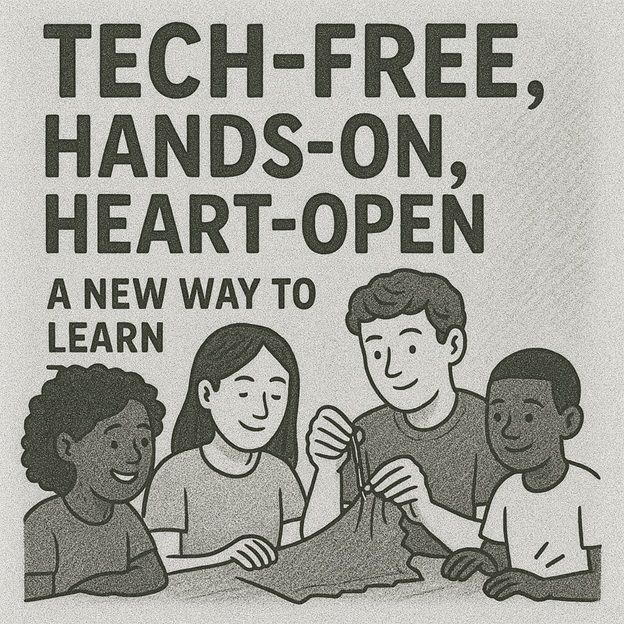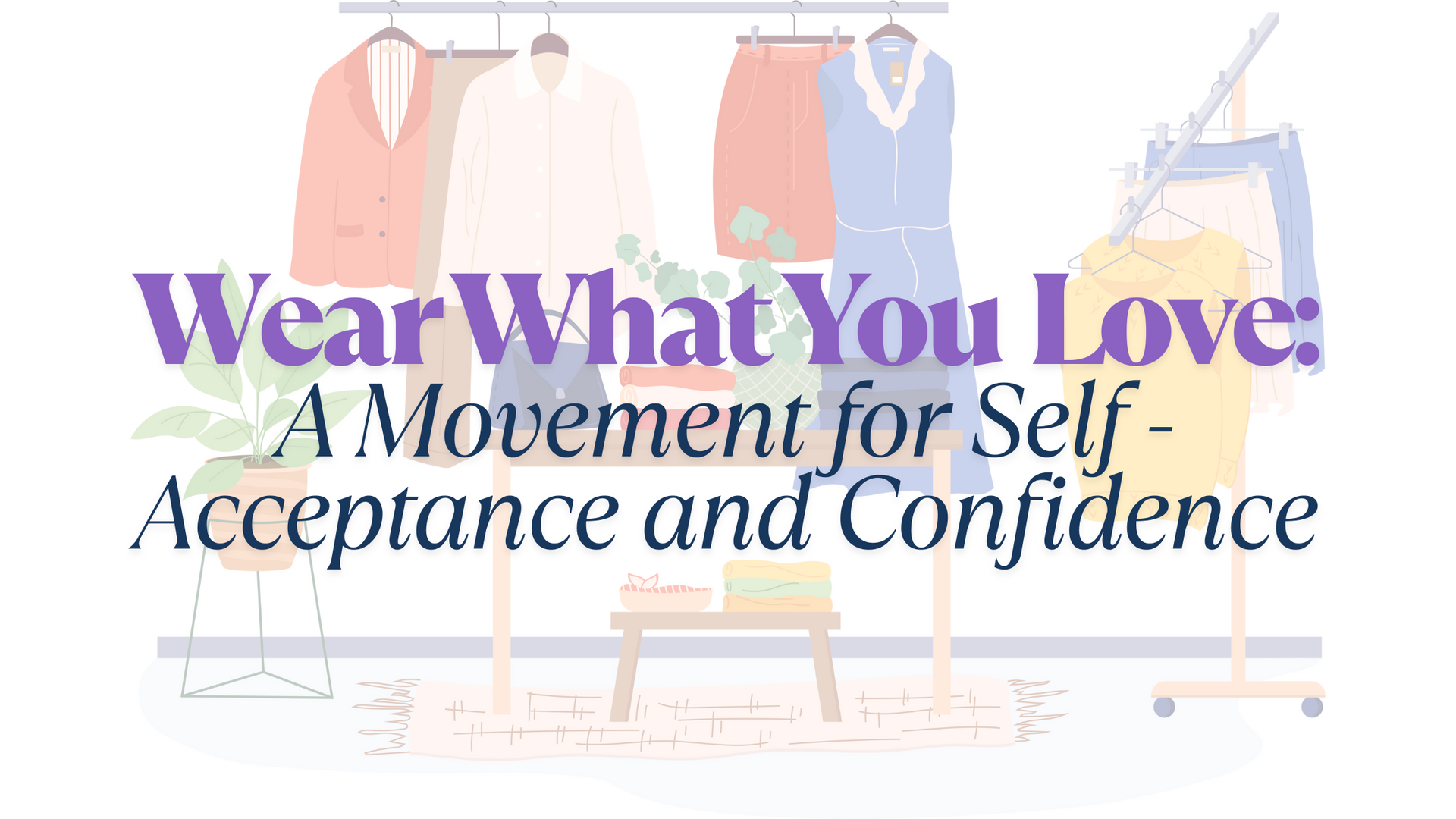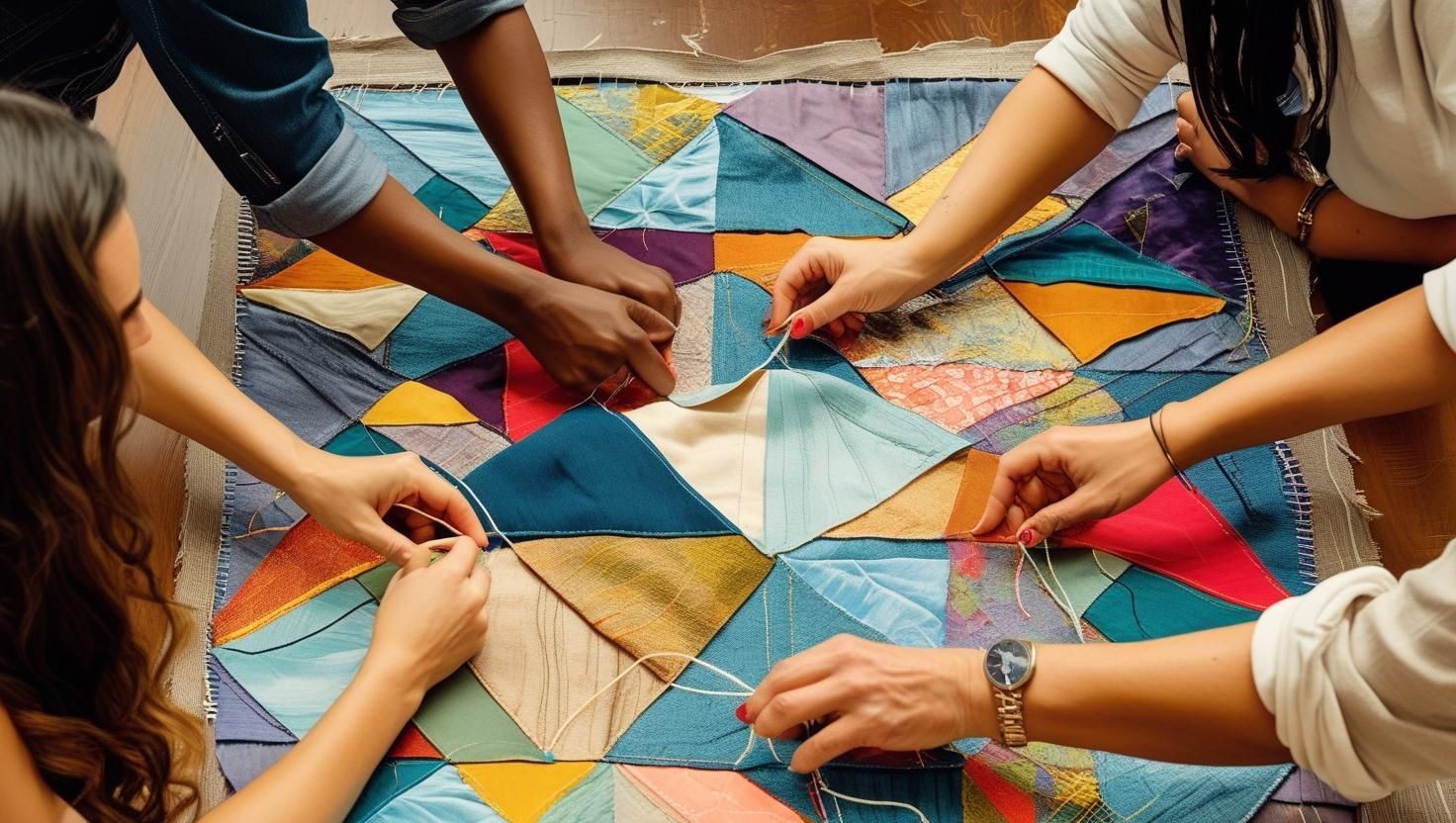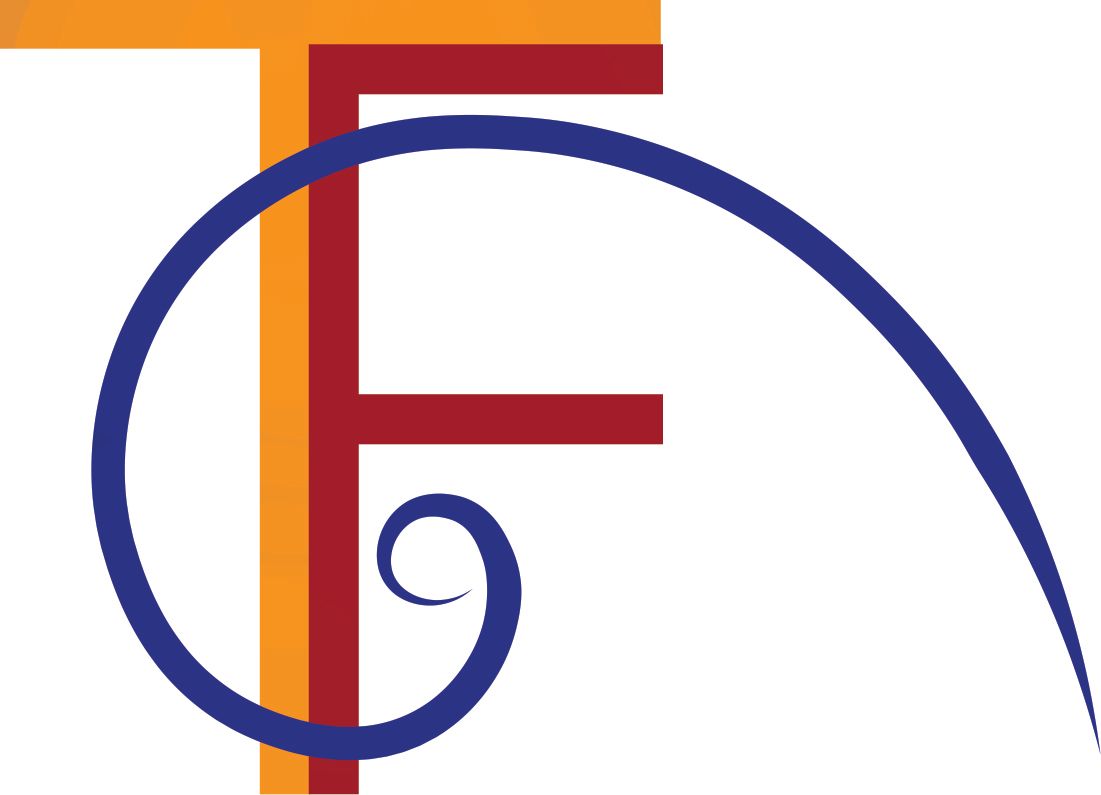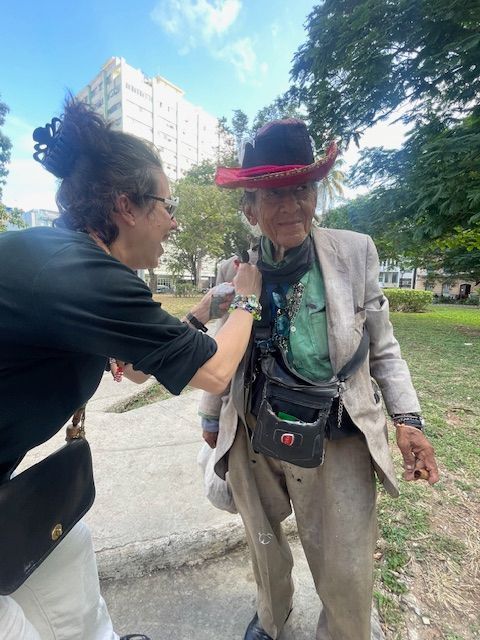🎭 Puppet Shows with Purpose: Big Lessons from Small Stages

At first glance, it looks like a children’s show. A curtain, a stage, a few colorful characters with squeaky voices. But listen closely—and you’ll hear something powerful.
At The Fashion Community, our puppet shows may feature fuzzy animals and smiling shirts, but their stories tackle some of the biggest challenges of our time:
🧠 Mental health
🌎 Sustainability
🤝 Belonging and inclusion
👗 Self-expression
It’s theatre with a mission—and it works.
Why Puppets?
Because children listen when a puppet speaks.
Because adults soften when they see their younger selves reflected.
Because stories help us make sense of the world in ways facts alone can’t.
And according to developmental psychology, puppetry helps children process emotions, build empathy, and retain important social and environmental messages.
Puppets don’t preach.
They invite us to explore.
Real Characters, Real Conversations
Each puppet in our productions is designed with care and symbolism. Take:
● Mr. Fast Fashion: flashy, anxious, and always in a rush—mirroring our modern consumer culture.
● Miss Sustainable: confident, colorful, and proudly stitched from many upcycled parts.
● Wise Woolly: an older, gentler character who speaks in rhymes and teaches the value of craftsmanship and care.
Through their playful banter, these characters spark reflection—and solutions.
Healing Through Performance
For many children in our programs, puppet shows are more than entertainment. They’re mirrors. Safe spaces. Catalysts for change.
One mother told us that her daughter—who had stopped attending school after a traumatic experience—laughed out loud for the first time in five years during one of our puppet performances.
That’s the power of art with intention.
Multigenerational Magic
Puppet shows draw crowds from toddlers to grandparents. They break language barriers. They turn public parks, classrooms, and libraries into theaters of possibility.
And because they’re mobile, low-cost, and flexible, we can bring them to communities that are often overlooked—ensuring equity in access to the arts.
It’s Not Child’s Play. It’s Child’s Power.
We believe creativity is a human right. And puppetry, in its simple brilliance, is one of the most accessible and effective tools we have.
So come to a show. Bring your kids. Bring your questions. Bring your heart. Because in our world, the smallest stages often hold the biggest truths.
Piaget, J. (1951). Play, Dreams and Imitation in Childhood. New York: Norton.
The Fashion Community's Blog
